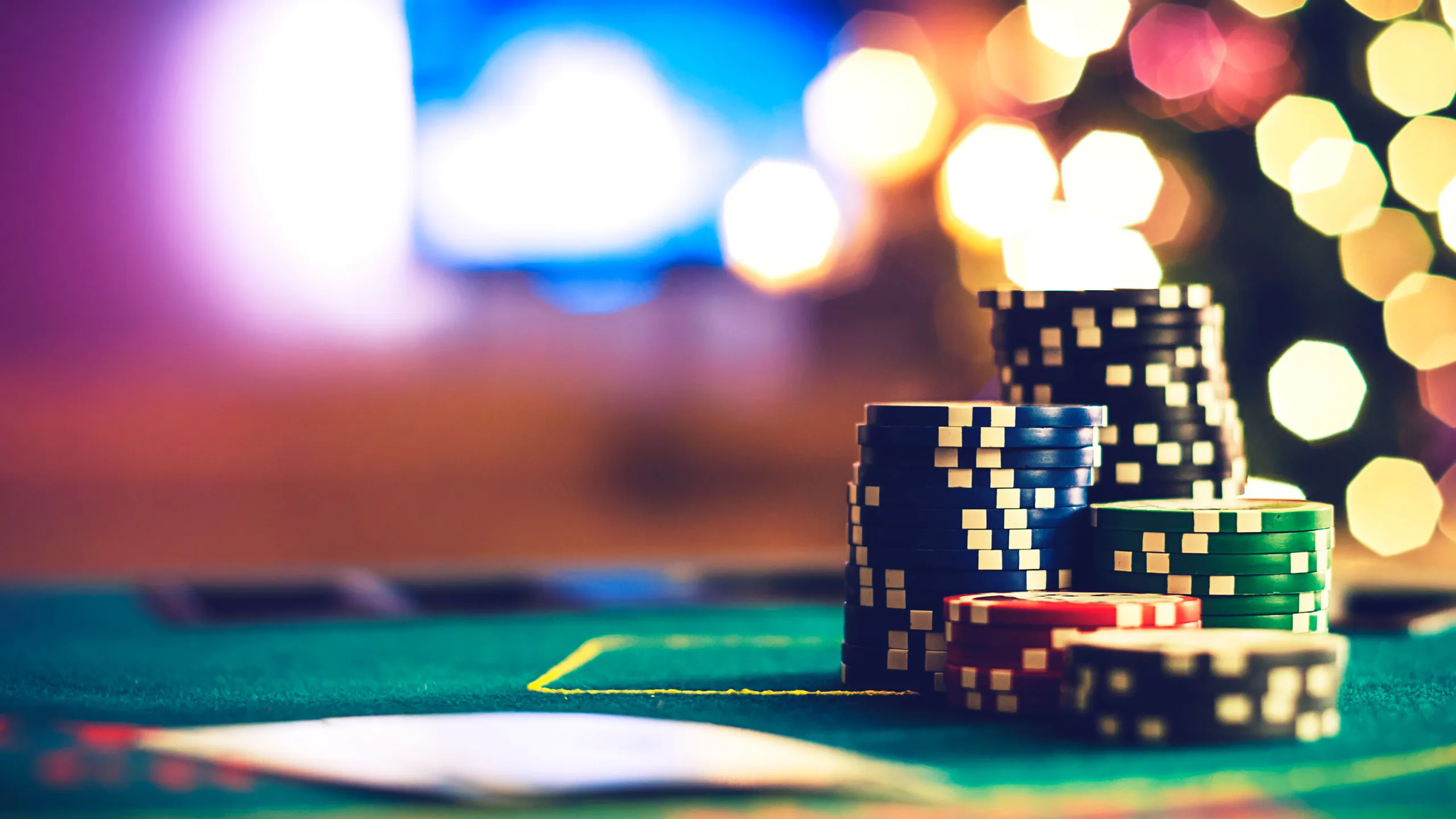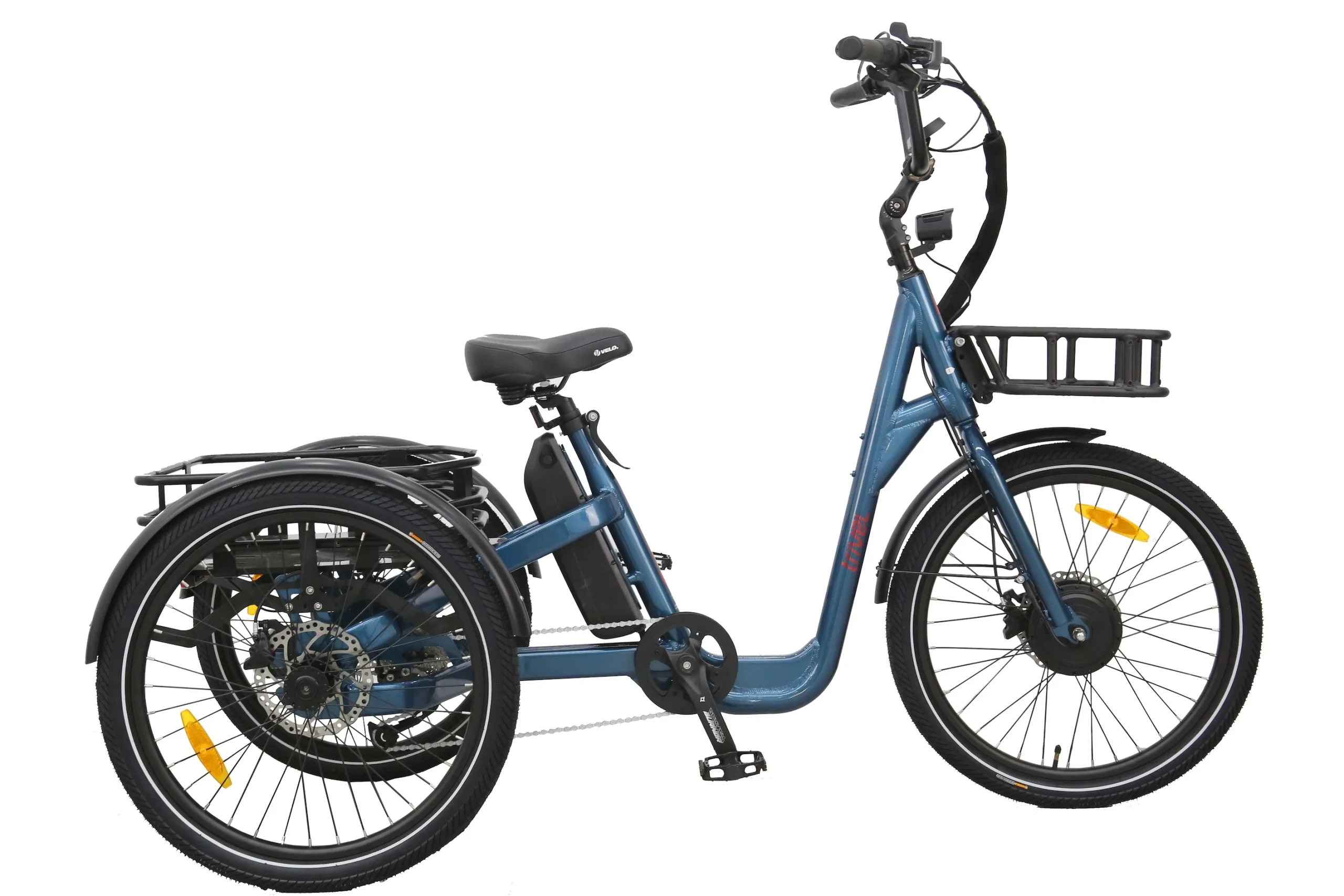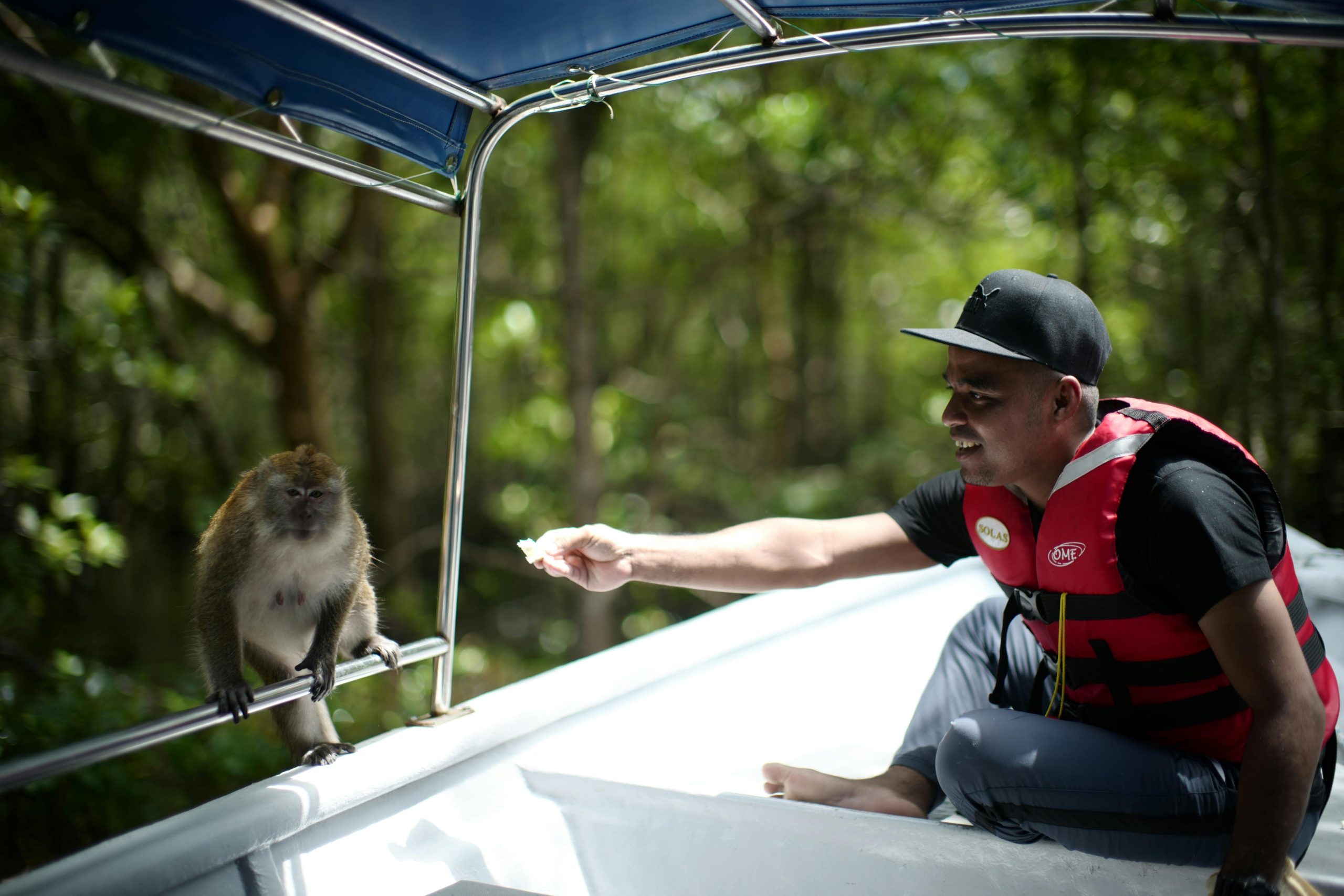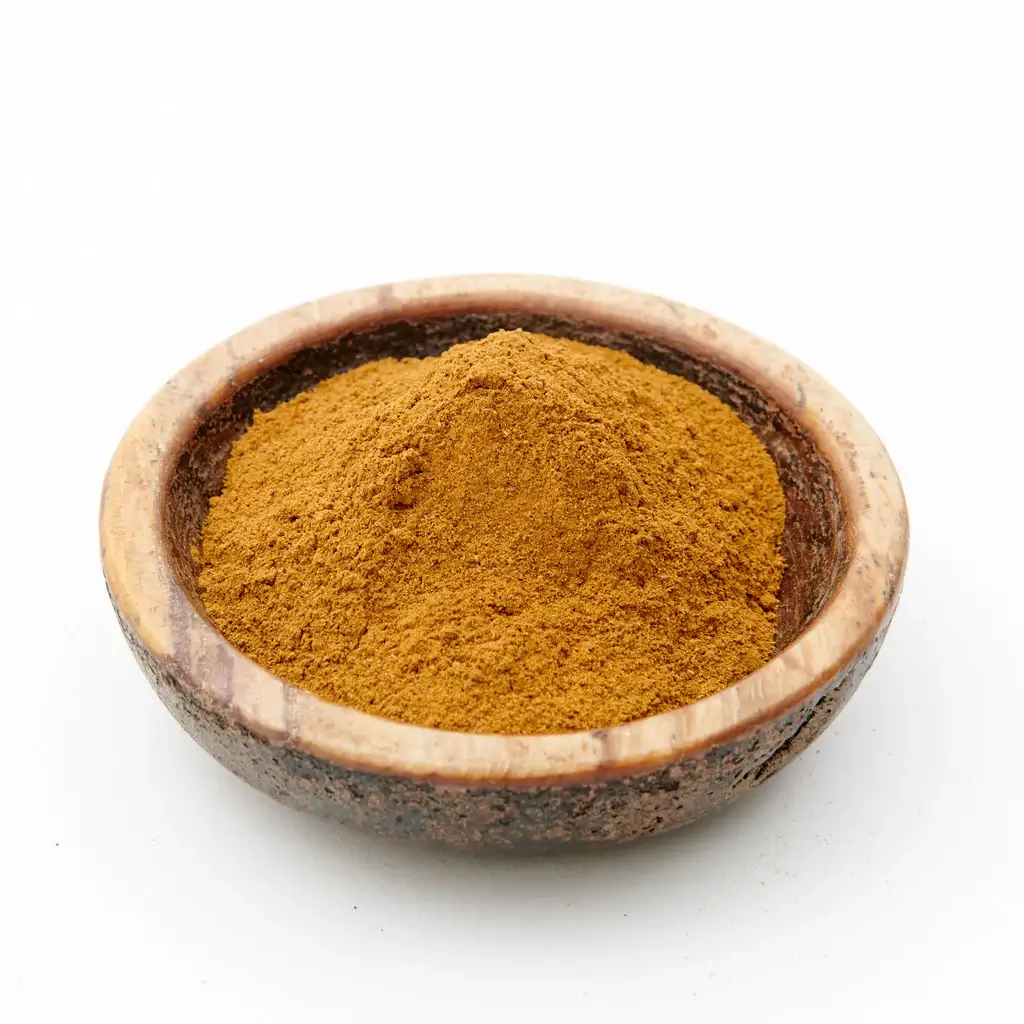The rash festival is one of the most vibrant and culturally rich festivals celebrated in Bangladesh and parts of India, particularly among Bengali communities. A rash festival is a joyful occasion marked by colorful rituals, traditional music, dance, and the celebration of Lord Krishna’s divine playfulness and love. If you plan to attend a rash festival, you can expect a lively atmosphere filled with devotion, community spirit, and age-old customs. The rash festival attracts people of all ages who come together to participate in processions, theatrical performances, and feasts. Experiencing a rash festival is a unique opportunity to witness Bengal’s heritage come alive in a spectacular display of faith and joy. This article will guide you on what to expect at the rash festival celebrations, ensuring you are well-prepared to fully immerse yourself in the festivities. Understanding the significance and events of the rash festival makes your visit more meaningful and enjoyable.
The Spiritual Significance of the Rash Festival
The rash festival is deeply rooted in Hindu mythology, commemorating the divine dance (Rasa Lila) of Lord Krishna with Radha and the Gopis (milkmaids) of Vrindavan. It celebrates the themes of divine love, devotion, and the joyous union of the divine with the human soul. The rash festival holds immense religious importance and is celebrated with great fervor in many temples and communities. For devotees, participating in the rash festival is a spiritual journey that strengthens their connection to Krishna’s teachings.
Key Rituals and Events During the Rash Festival
1. Rasa Lila Performances
One of the central attractions of the rash festival is the dramatic enactment of Rasa Lila. Local artists and devotees perform this traditional dance-drama in open-air stages or temple courtyards. The vivid costumes, rhythmic music, and expressive storytelling captivate audiences and bring the ancient stories to life.
2. Processions and Decorations
Expect vibrant processions with beautifully decorated chariots, idols of Krishna and Radha, and colorful banners. Streets and homes are adorned with flowers, lights, and intricate rangoli (decorative floor art). The rash festival processions often involve singing devotional songs (bhajans) and dancing, creating an energetic and joyous ambiance.
3. Offerings and Prayers
Devotees offer flowers, sweets, fruits, and handmade items to deities during the rash festival. Special prayers and pujas (ritual worship) are conducted by priests, and community members participate in collective chanting and meditation sessions.
4. Community Feasts
A highlight of the rash festival is the community feast (bhog), where participants share traditional vegetarian dishes. This feast embodies the spirit of sharing and unity, reinforcing social bonds and cultural identity.
5. Cultural Activities and Fairs
During the rash festival, fairs are often set up nearby with stalls selling handicrafts, traditional clothing, and local delicacies. Folk music performances, puppet shows, and other cultural programs add to the festive environment.
What to Expect as a Visitor
When attending a rash festival, expect to be welcomed warmly by locals who are eager to share their culture. The atmosphere is generally family-friendly, lively, and inclusive. Wear comfortable clothing suitable for outdoor events and modest attire respecting religious customs. Participating respectfully in rituals or simply observing the performances and processions can be a deeply enriching experience. Photography is usually allowed, but it’s polite to ask before capturing intimate or sacred moments.
Why Choose Us to Experience the Rash Festival?
At DESHGHURI, we specialize in authentic cultural tours, including the rash festival celebrations. Our expert guides provide historical context, ensure smooth logistics, and help you engage meaningfully with the festival. We prioritize respectful cultural exchange and help travelers navigate the bustling crowds safely. With us, you gain insider access to special events and local hospitality that makes your rash festival experience unforgettable.
FAQs About Rash Festival Celebrations
1. When is the Rash Festival celebrated?
The rash festival usually occurs during the month of Kartik (October-November) in the Bengali calendar, coinciding with the full moon night.
2. Is the Rash Festival only celebrated by Hindus?
While primarily a Hindu festival, the rash festival also attracts people of diverse backgrounds who appreciate its cultural and artistic aspects.
3. Can tourists participate in the Rash Festival rituals?
Yes, tourists are welcome to observe and participate respectfully. Guidance from local hosts or tour operators is recommended.
4. Are there any safety concerns during the Rash Festival?
The rash festival is family-friendly and generally safe. However, it’s advisable to stay in groups, keep belongings secure, and follow local guidance.
5. What should I bring when attending the Rash Festival?
Bring water, sunscreen, comfortable shoes, and modest clothing. A small gift for the temple or community is appreciated but not mandatory.
Conclusion: Embrace the Spirit of the Rash Festival
The rash festival offers a vibrant glimpse into the spiritual heart of Bengali culture. With its rich tapestry of music, dance, devotion, and community, the rash festival is a celebration that touches both the soul and senses. Whether you come to witness the Rasa Lila performances, join the colorful processions, or savor the communal feasts, the rash festival promises an unforgettable cultural experience. Partner with DESHGHURI to make your rash festival journey smooth, insightful, and deeply rewarding. Prepare yourself to be part of a timeless tradition that continues to inspire generations.










Leave a Reply